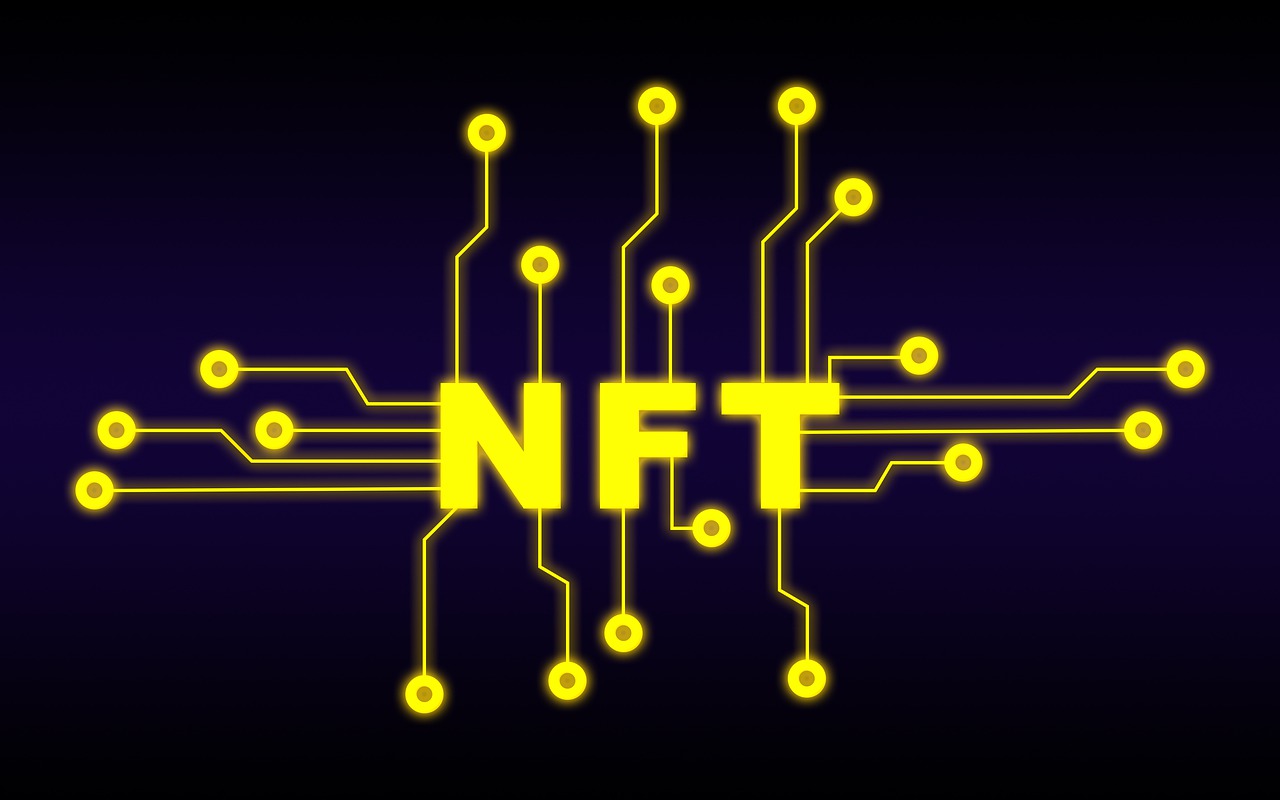Non-fungible tokens are becoming integral to the digital art world. This rapidly-evolving technology has opened new possibilities for digital artists, allowing them to make unique works that are easily authenticated and monetized. This article will explore the history of NFTs and their benefits for digital art, and it will also look at successful examples of NFT art projects, so read on to find out more.
What are NFTs?
NFTs are digital tokens that are used to represent a unique asset or piece of work. They are stored on the blockchain, which is a secure, distributed ledger allowing immutable tracking of ownership and authenticity. NFTs are non-fungible tokens, meaning that each one is unique and cannot be exchanged for an equivalent item, making them perfect for the digital art world, as each piece is a one-of-a-kind work coveted by collectors.
The history of NFTs
NFTs were first created in 2013 to store data on the blockchain, though some of the first uses for NFTs included digital collectibles and in-game items to customize characters like armor and weapons, and they quickly became popular.
In 2014, NFTs grew to include digital art. This has enabled creators to monetize their work and create digital scarcity, allowing them to set and control the value of their work. Since then, the NFT digital art world has expanded.
Benefits of using NFTs for digital art
Using NFTs for digital art has numerous advantages. It allows creators to monetize their work and easily generate a passive income. NFTs can be used to create digital scarcity, making it easier to control the piece’s value. It can also provide authentication and proof of ownership, ensuring that the artist is properly credited and compensated for their work.
NFTs make it simpler for digital art to be bought and sold. People can quickly and securely transfer ownership of digital work through the blockchain. This also makes it easier to find buyers and create a secondary market for digital art.
To start collecting digital art NFTs, you will need a crypto wallet to keep your transactions and collection secure. Check out OKX, which has everything you need to get started with investing in crypto and collecting your first digital art NFTs.
Examples of successful NFT art projects
There have been numerous successful NFT art projects in recent years. One of the most successful is CryptoKitties, a game where players can buy, sell, and breed digital cats.
Another successful NFT art project is Cryptopunks, which are virtual characters that can be bought and sold on the blockchain.
Finally, artist Mike Winkelmann, also known as Beeple, recently sold a digital artwork for $69 million. The artwork, titled Everydays: The First 5000 Days, was sold as an NFT and is one of the most expensive digital works ever sold.
Conclusion
NFTs are quickly becoming an integral part of the digital art world. This rapidly-evolving technology has opened up new possibilities for digital art creators, allowing them to make unique works that are easily authenticated and monetized. By understanding the history of NFTs, their benefits for digital art, and looking at successful examples, creators can take advantage of this technology and explore its creative potential for their own benefits.

